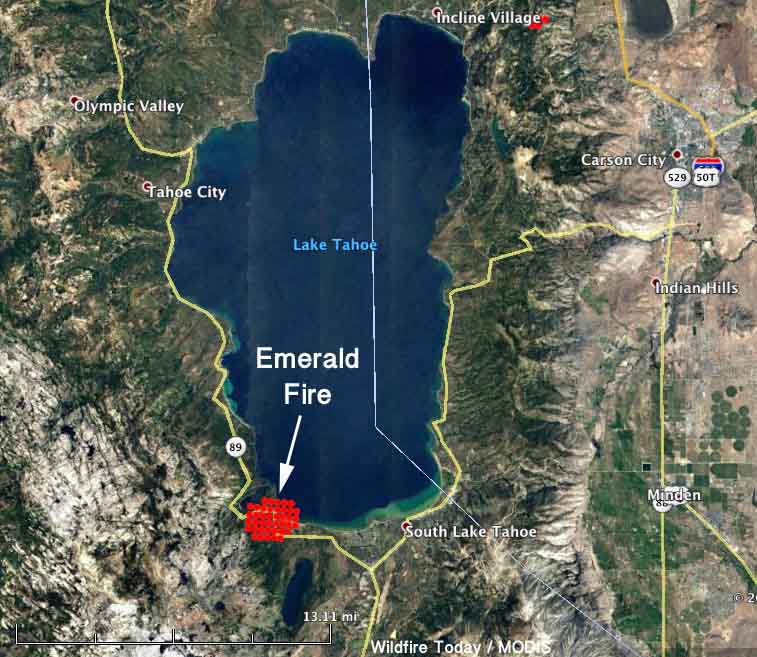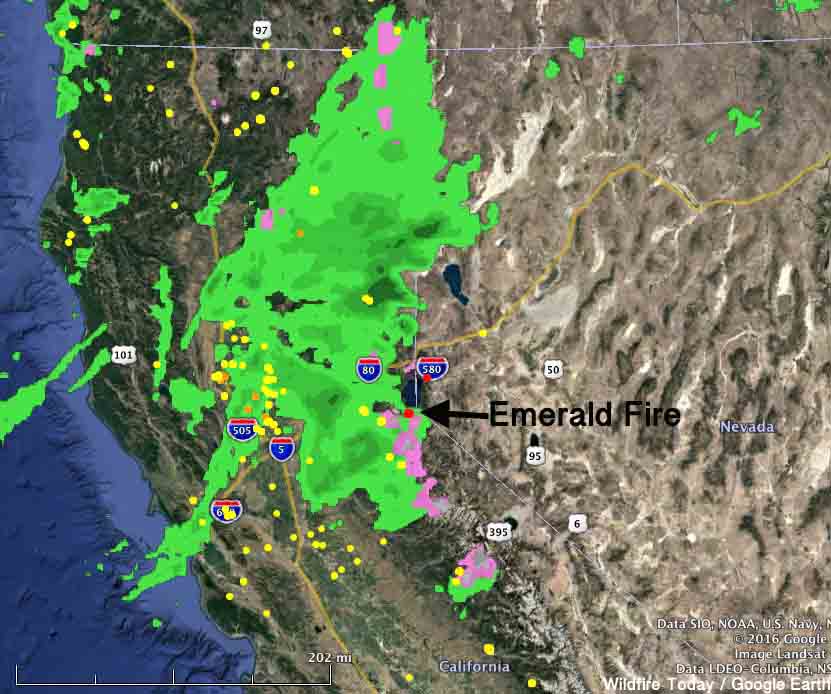“We do not have a safety zone, and our escape route is threatened.”
Above: File photo. Smokejumpers at Missoula board a Twin Otter, August 11, 2012. Photo by Bill Gabbert.
I didn’t know the Bleacher Report covered anything other than sports, but earlier this week they published a lengthy article about smokejumpers unfortunately titled, “Superheroes Are Real”. It is mostly well written by Rachel Monroe and explores rookie training, firefighting, and aspects of waiting at an airport for a fire dispatch.
Much of the story is told from the viewpoint of Erik Vermaas, who had at least one memorable quote:
[Hotshots] walk in single file in fire camp,” says Vermaas, the second-year jumper. “You can just tell smokejumpers are different. They’re not a number. These dudes roll through fire camp and it’s like, Who the f*** is that? You can tell.
Part of the article describes how “last summer” three of them jumped on a fire in the Selway-Bitterroot Wilderness, near the Idaho-Washington-Oregon border and by the fourth day had the one-acre blaze pretty much wrapped up. The excerpt below picks up on that fourth day:
****
“…At nine that morning, a pilot flying overhead radioed the crew: You guys know you’ve got a fire-start right next to you? One of the other jumpers volunteered to bushwhack up the ridge to check out what was going on. It was slow going; the jumpers had been working in the thick, 20-foot-high brush that made walking a quarter-mile feel more like walking four. When the scout made it to the top of the ridge, he immediately radioed back: Let’s get out of here.
The fire had crowned—that is, started burning in the tops of the trees. The wind was pushing it toward the jumpers, and it was moving fast. In other circumstances, maybe the jumpers would have radioed for a plane to dump a tanker of retardant on the flames to slow things down, but by around 11 a.m., all those little fires had merged into a big one, and the smoke was so thick the helicopters couldn’t see a damn thing. Vermaas and the other jumper waited anxiously for the scout to fight through the brush back to them. The other jumper with Vermaas, a guy with decades of experience, barked into the radio: We do not have a safety zone, and our escape route is threatened. “That means,” Vermaas explains, “you basically are running out of options.”
Vermaas heard the loud, gunning sound of what he thought was a helicopter; he watched the treetops sway and felt a momentary surge of relief—until he realized that it wasn’t a chopper making that sound, or all that whooshing wind. The danger was the fire itself, ripping its way through the treetops toward them. No plane or rescue vehicle could make it anywhere near them; they’d have to get themselves out of this mess, and fast.
By the time the third crew member showed up, Vermaas says, “it was already f****** go time.” The jumpers ditched their gear—“We made the decision, ‘F*** the gear, f*** everything, leave it, we’re going’”—and made their way through the brush, racing the fire down toward the river. Vermaas tried not to think about what would happen if the fire spotted and caught below them—fire burns fastest uphill, and when it gets going even the most fleet-footed smokejumper doesn’t stand a chance. All three jumpers made it down to a creek and safe haven, but it was close.
Vermaas stood in the creekbed, then watched as the trees swayed with the energy only a fire could create—when wildfires burn hot enough, they can generate their own weather. Half an hour or so more and those flames would’ve burned right over them. Days later, a salvage crew went in to look for the jumpers’ gear. The only remnants they found were metal grills from their jump helmets and six fasteners from their parachutes. Everything else had been reduced to ashes…”
****
Thanks and a tip of the hat go out to Paul.








